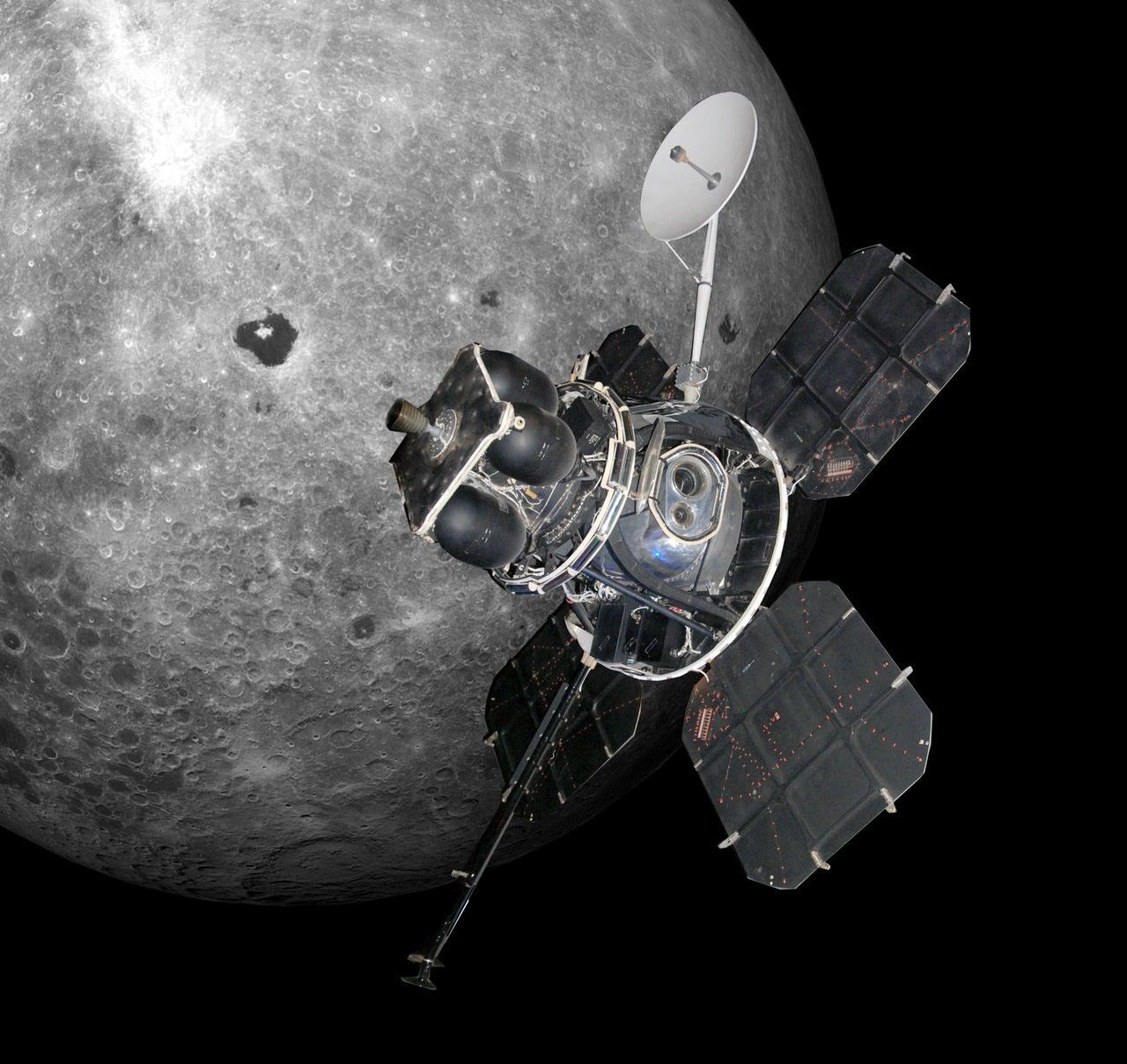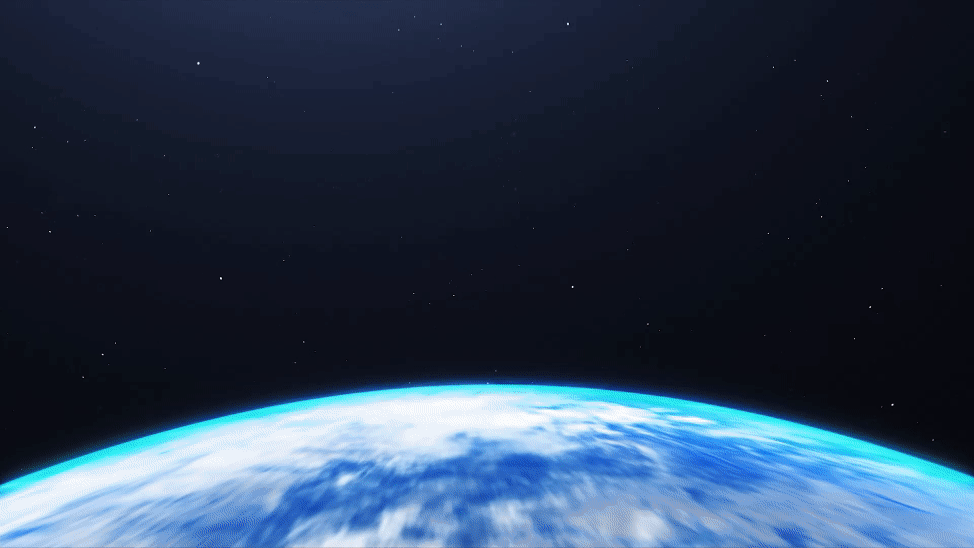Lunar Orbiter 3
Type
Launch
Target
Objective
What was Lunar Orbiter 3?
NASA’s Lunar Orbiter 3 was the final mission to photograph potential Apollo landing sites. A glitch prevented the spacecraft from relaying back all of its images, but it did meet all mission objectives. One of the images showed the Surveyor 2 lander on the lunar surface.
| Nation | United States of America (USA) |
| Objective(s) | Lunar Orbit |
| Spacecraft | LO-C (Spacecraft 6) |
| Spacecraft Mass | 850 pounds (385.6 kilograms) |
| Mission Design and Management | NASA / LaRC |
| Launch Vehicle | Atlas Agena D (Atlas Agena D no. 20 / Atlas D no. 5803 / Agena D no. AD128/6632) |
| Launch Date and Time | Feb. 5, 1967 / 01:17:01 UT |
| Launch Site | Cape Canaveral, Fla. / Launch Complex 13 |
| Scientific Instruments | 1. Imaging System 2. Micrometeoroid Detectors 3. Radiation Dosimeters |
Key Dates
Feb.5, 1967: Launch
Feb. 8, 1967: Arrived in lunar orbit
Feb. 15, 1967: Photographic mission began
Oct. 9, 1967: Spacecraft intentionally crashed onto lunar surface
In Depth: Lunar Orbiter 3
Lunar Orbiter 3 was NASA's final Lunar Orbiter mission to study potential Apollo landing sites, although its mission focused on site confirmation rather than site search. For the mission, the spacecraft’s orbital inclination was increased to 21 degrees to ensure photography both north and south of the lunar equator.
Building on the stereo photography taken by Lunar Orbiter 2, the third mission was focused on making two “footprints” of the same area on two successive orbits. Lunar Orbiter 3 was also designed to obtain precision trajectory information for defining the lunar gravitational field, to measure micrometeoroid flux, and to measure radiation dosage levels around the Moon.
The spacecraft arrived in lunar orbit after a 9-minute 2.5-second engine burn on Feb. 8, 1967, after a course correction. Initial orbital parameters were 131 × 1,120 miles (210.2 × 1,801.9 kilometers) at a 20.93-degree inclination.
About four days later, the spacecraft entered its operational 34 × 1,148-mile (55 × 1,847-kilometer) orbit at a 20.9-degree inclination. At the time, Lunar Orbiter 2 was still in operation around the Moon, thus providing key experience for NASA’s ability to track and communicate with two simultaneous spacecraft at the Moon.
Lunar Orbiter 3 began its photographic mission Feb. 15, 1967. The spacecraft exposed 211 (out of a possible 212) frames of pictures by the time that imaging concluded Feb. 23. Soon, the spacecraft began to “read out” the images to the ground, but this activity suddenly stopped March 4 due to a problem with the film advance mechanism in the readout section of the imaging system. As such, only 182 images were returned and 72 others were never read out to the ground.
Despite the glitch, Lunar Orbiter 3 wholly fulfilled its original mission objectives, returning images of 6 million square miles (15.5 million square kilometers) of the Moon's near side and 251,000 square miles (650,000 square kilometers) of the far side. One of the images showed the Surveyor 2 lander on the lunar surface.
On Aug. 30, 1967, ground controllers commanded the vehicle to circularize its orbit to 99 miles (160 kilometers) in order to simulate an Apollo trajectory.
Later, on Oct. 9, 1967, the probe was intentionally crashed onto the lunar surface at 14 degrees 36 minutes north latitude and 91 degrees 42 minutes west longitude.
The photographs from the first three Lunar Orbiters allowed NASA scientists to pick eight preliminary landing sites for Apollo by early April 1967—including site 2 in the Sea of Tranquility where Apollo 11 would land and site 5 in the Ocean of Storms where Apollo 12 (and also Surveyor 3) would disembark.
Key Source
Siddiqi, Asif A. Beyond Earth: A Chronicle of Deep Space Exploration, 1958-2016. NASA History Program Office, 2018.





































